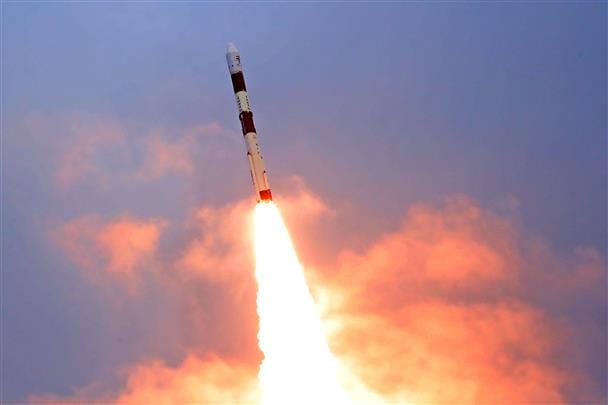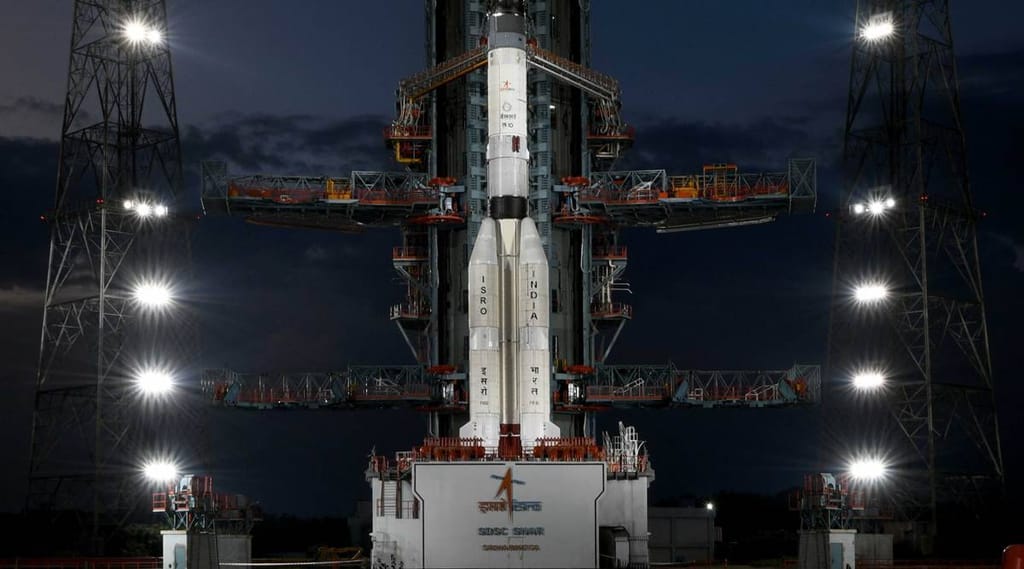
India’s geosynchronous satellite launch vehicle (GSLV) failed to put the EOS-3 earth observation satellite into orbit on Thursday due to a “technical anomaly”. The failure of ISRO EOS-03 is a giant setback to the Indian Space Research Organisation. After all, the pandemic has already caused a major setback in missions.
What is the ISRO EOS-03?
The EOS-03 is an Earth Observation Satellite. The EOS was to be placed into the earth’s geostationary orbit. It is a part of a new generation of Earth Observation Satellites which can provide almost real-time images of most of the country. Hence, it can be a major asset in monitoring natural disasters like cyclones and floods. It can also be used to monitor the forest cover, crops, and water bodies.
The mission would have been a game-changer for India. It is due to its high-resolution cameras allowing constant and real-time monitoring of land and sea. Additionally, it holds ‘special attention to the country’s borders for security reasons.
All about the ISRO mission failure
The Indian Space Research Organisation (ISRO)’s mission of placing EOS-03 into orbit was not successful due to an anomaly. “GSLV-F10 launch took place today at 0543 Hrs IST as scheduled. Performance of the first and second stages was normal. However, Cryogenic Upper Stage ignition did not happen due to technical anomaly. The mission couldn’t be accomplished as intended,” stated the space agency.
The mission failed five minutes after takeoff as the GSLV rocket taking the satellite malfunctioned. This failure may impact several other missions that depend on the GSLV rocket.
More on the Failure of the GSLV and cryogenic stage
The Geosynchronous Satellite Launch Vehicle (GSLV) is an important asset in the launching of communication satellites. On the other hand, the cryogenic stage is the last stage of lift-off. Here, the space launch vehicles make use of fuel at extremely low temperatures. Because it makes lifting and placing heavy objects in space an easy task.
However, ISRO has had issues with the cryogenic stage in the past. But, the space agency has used it for several successful missions.
